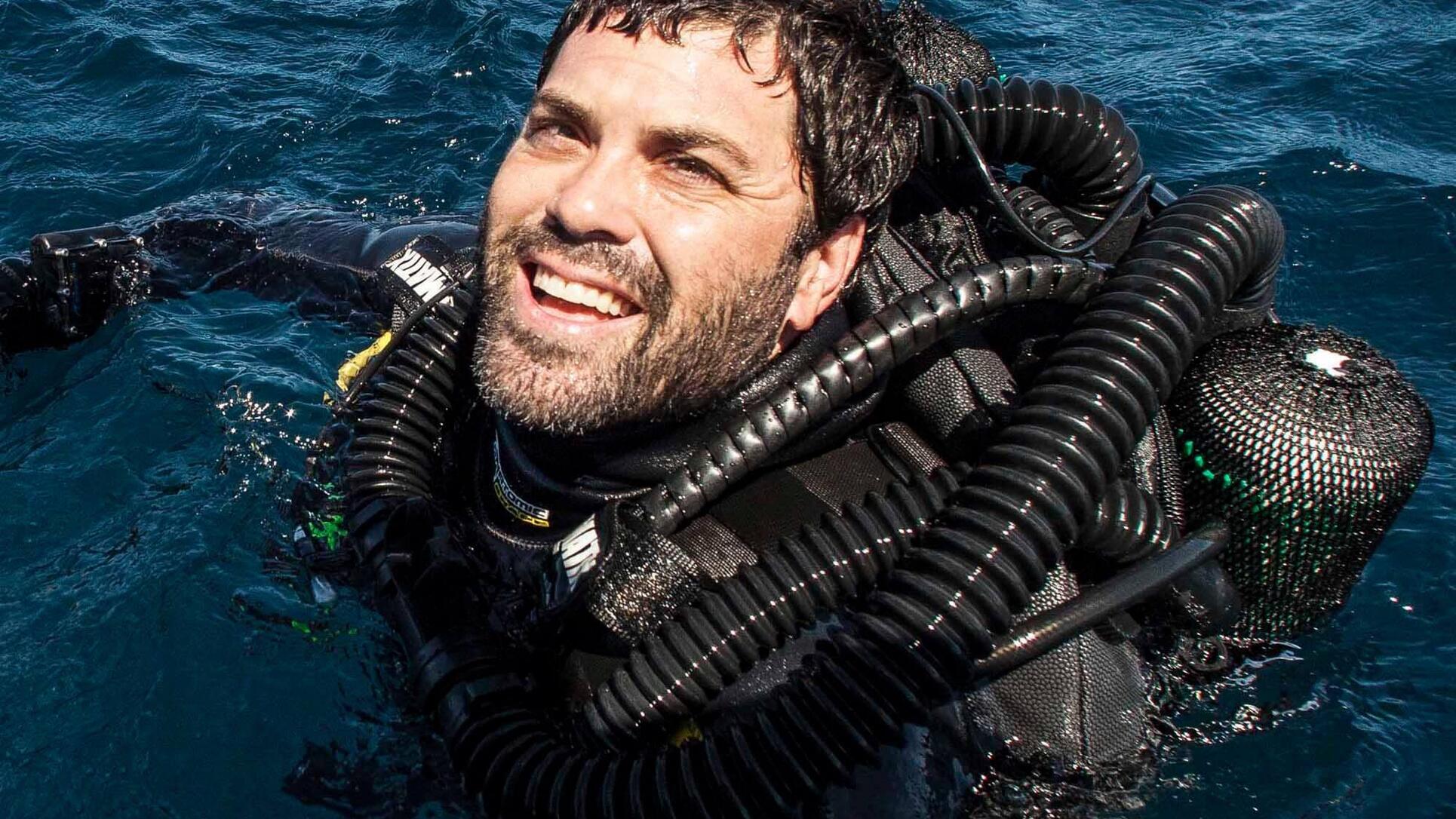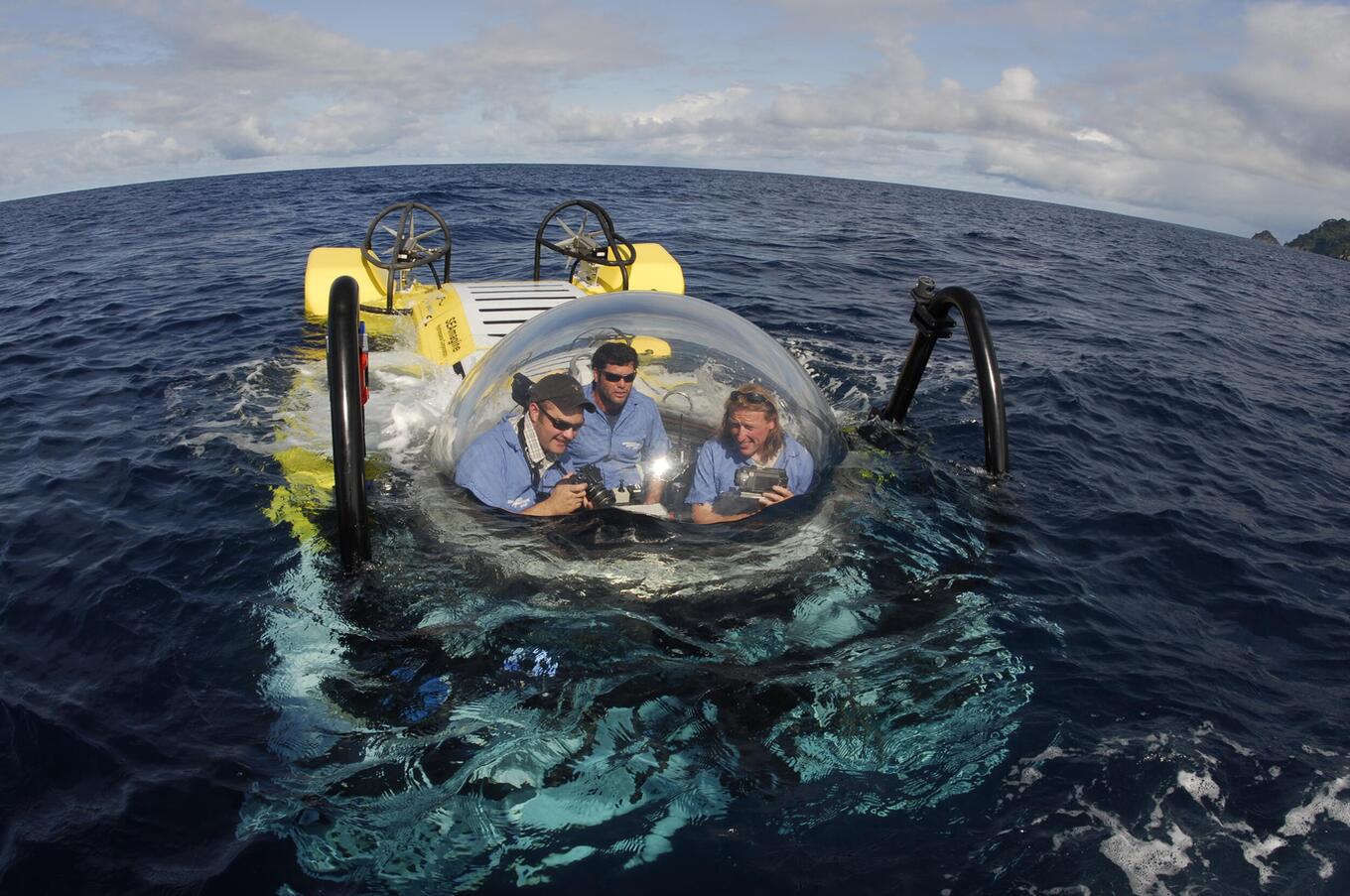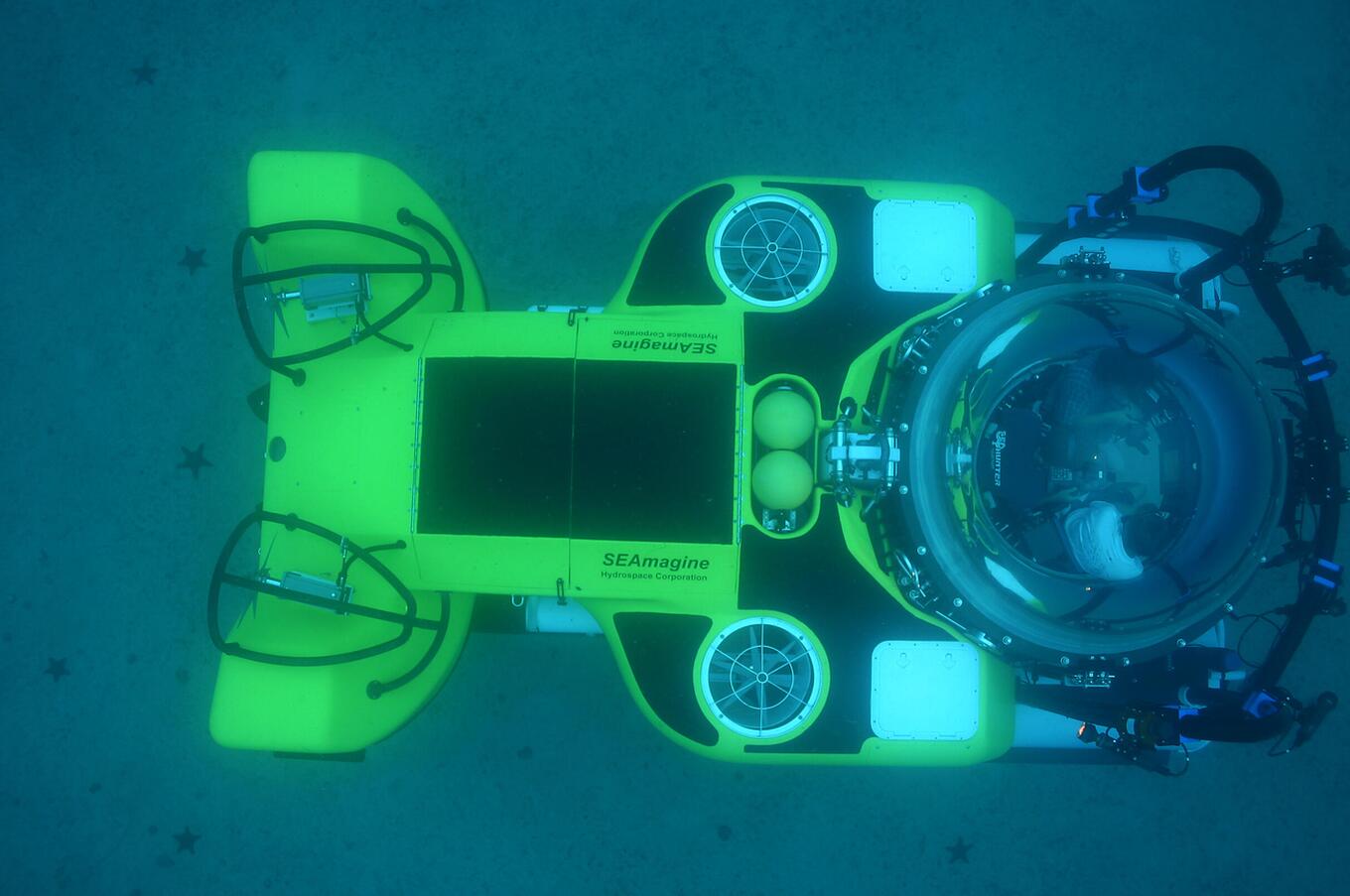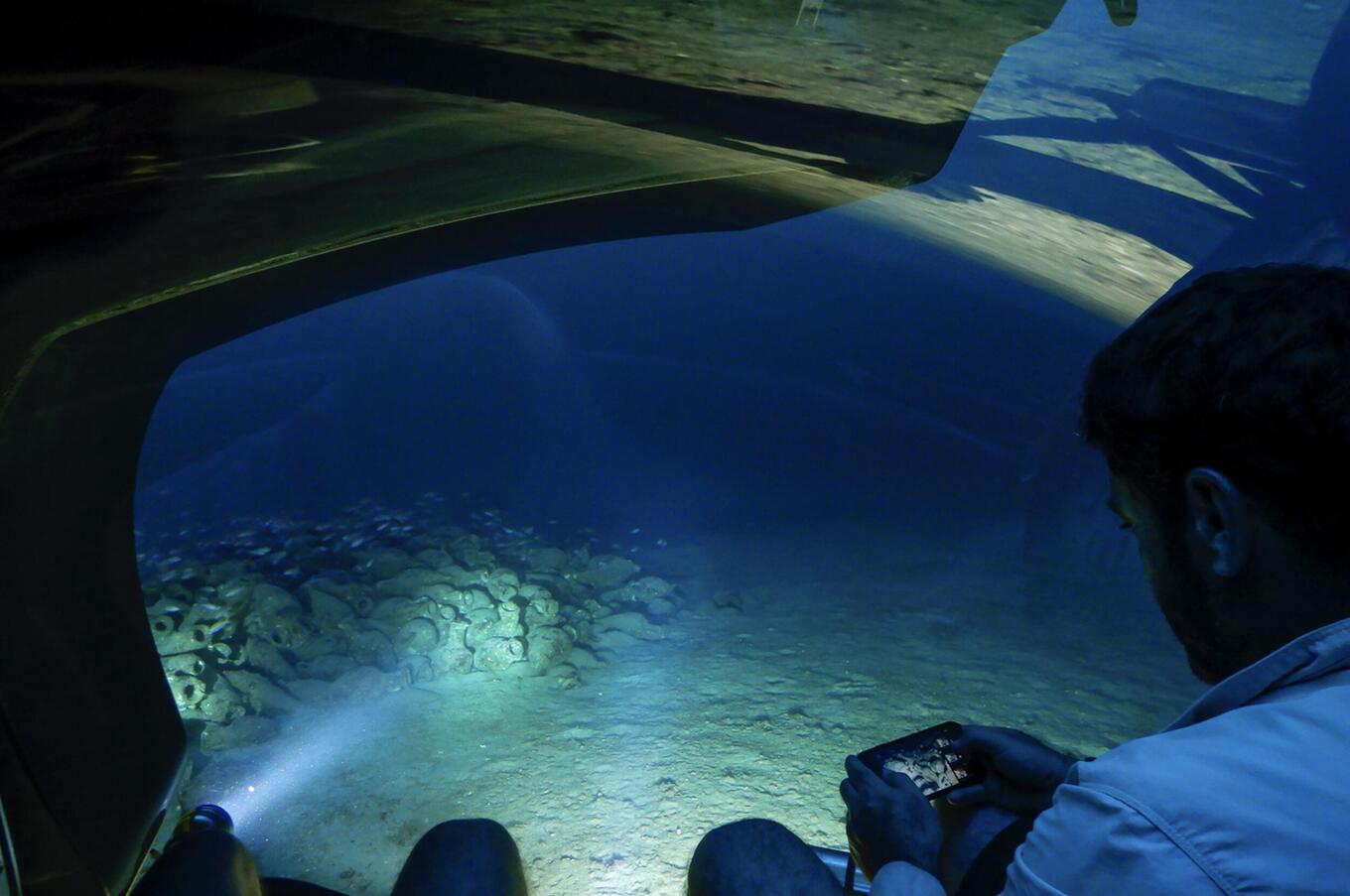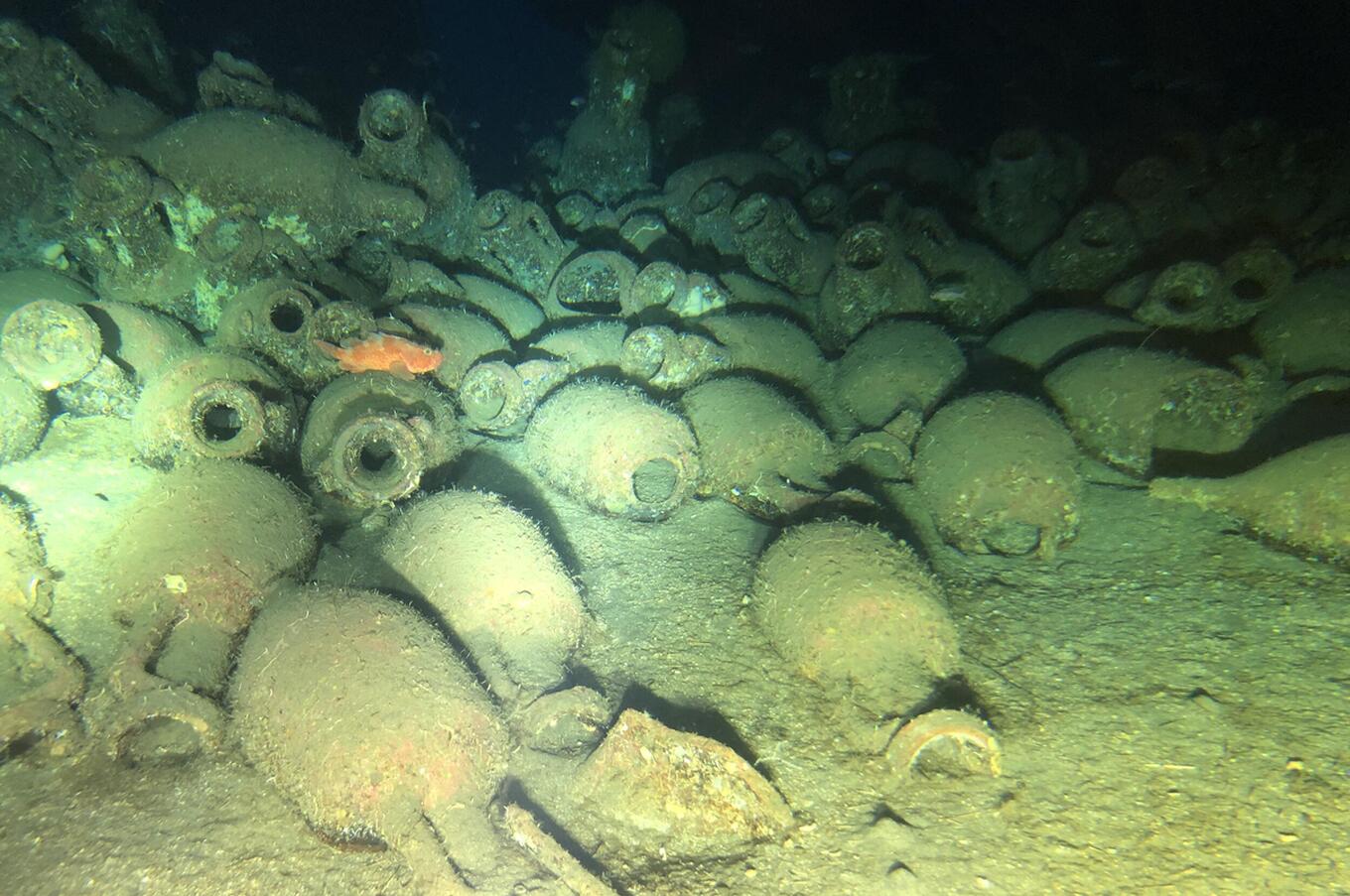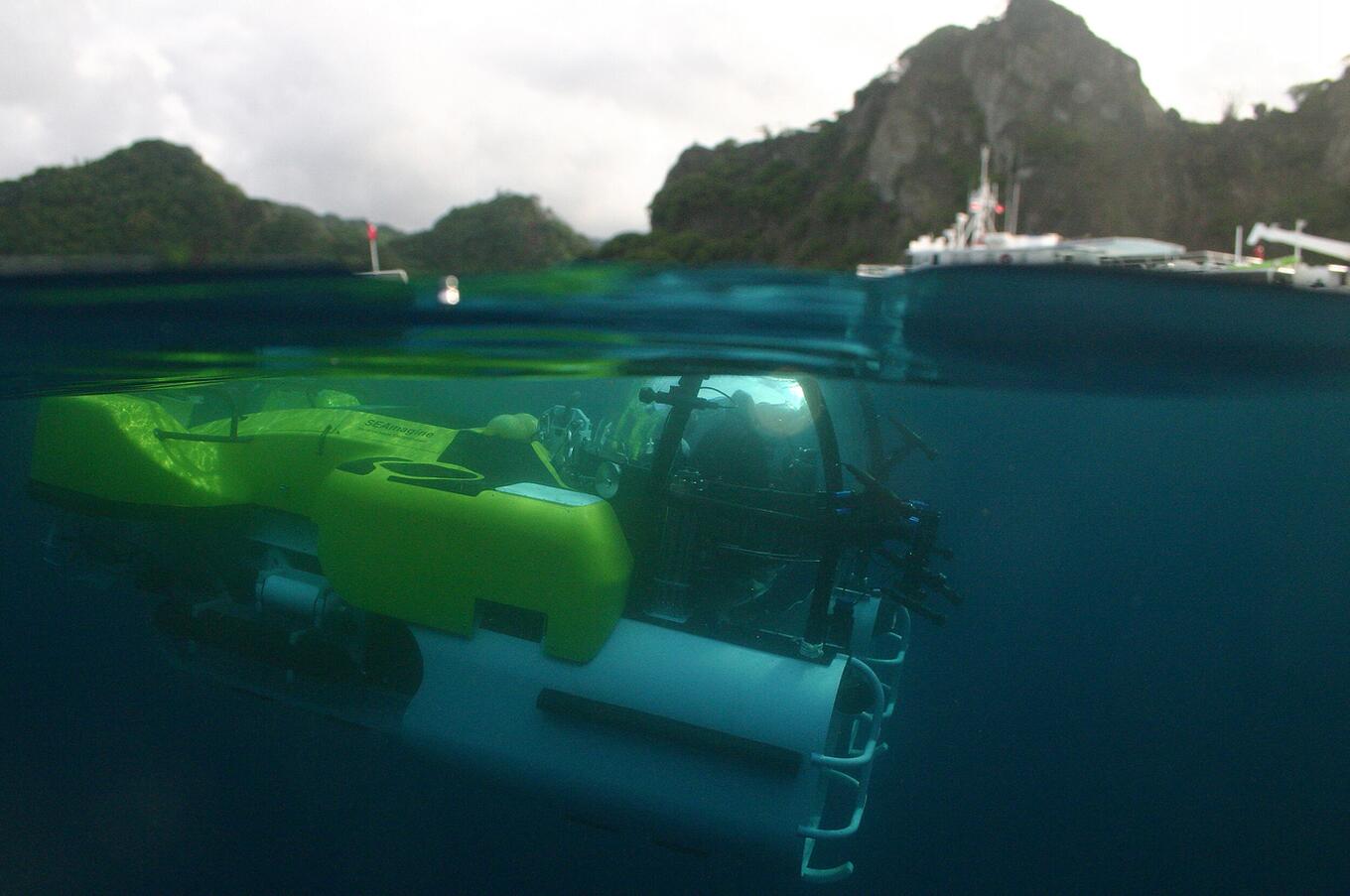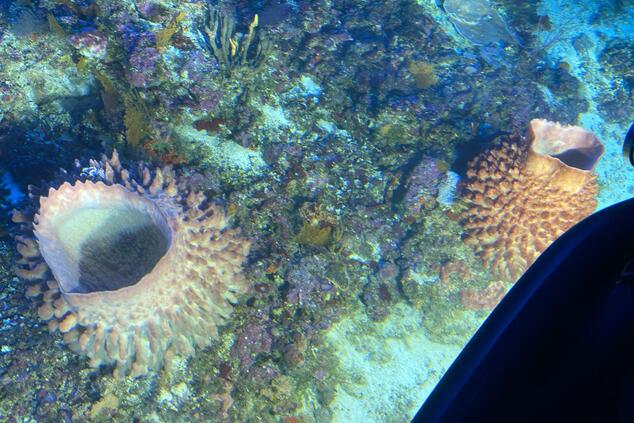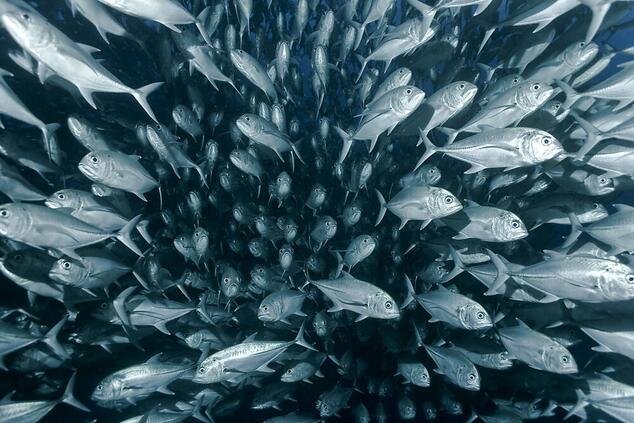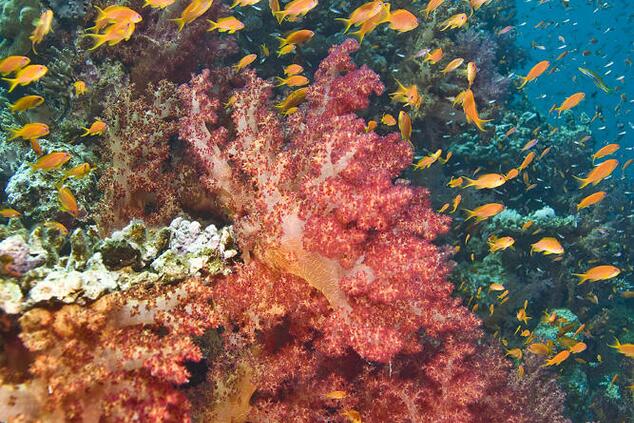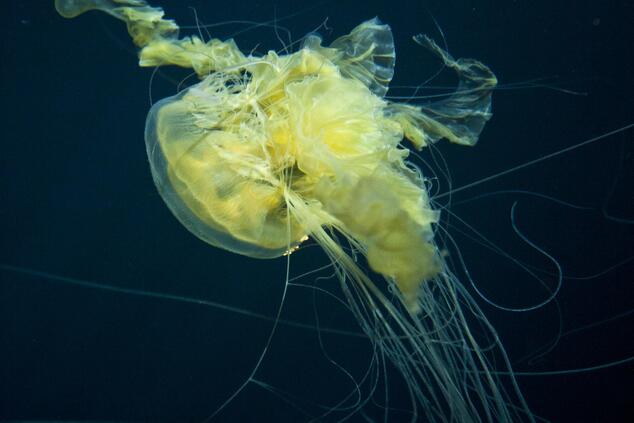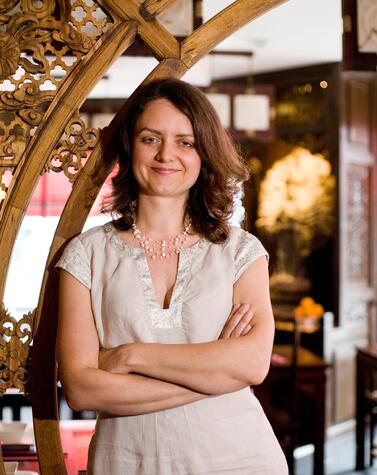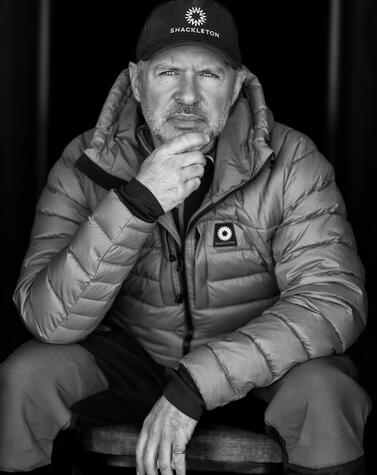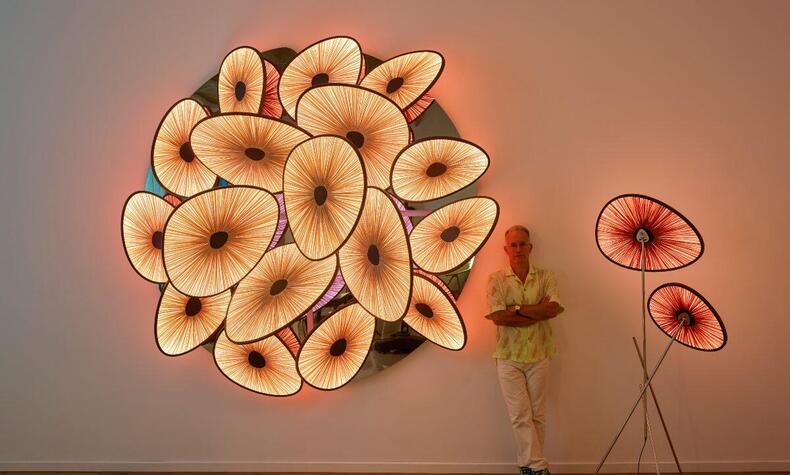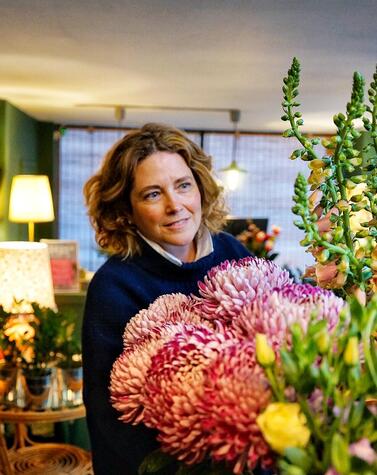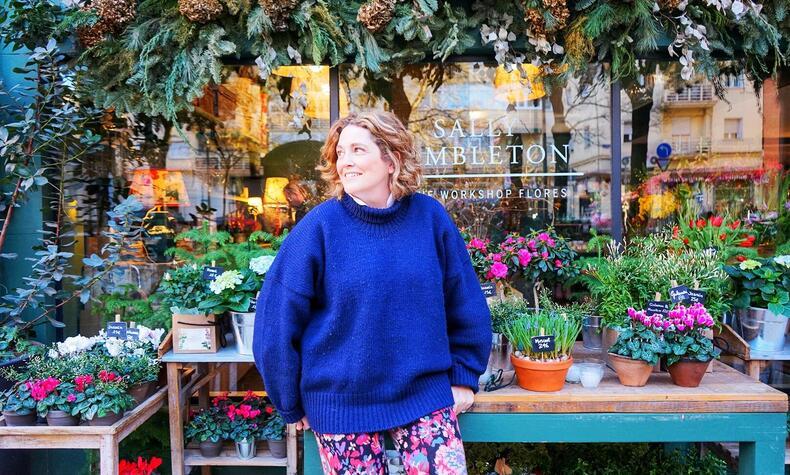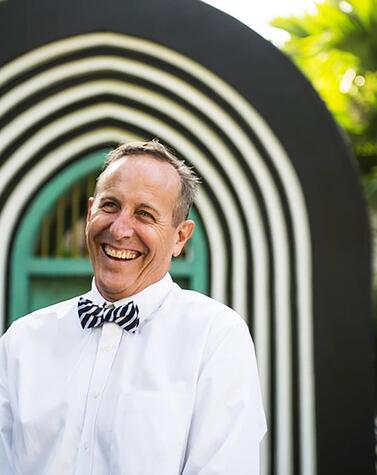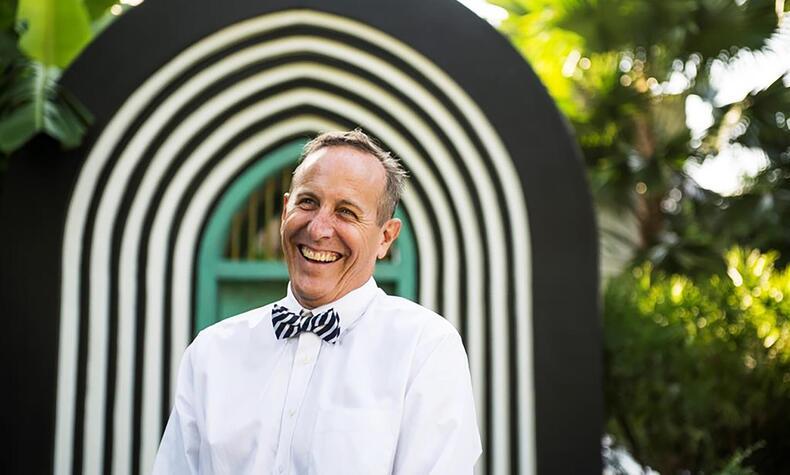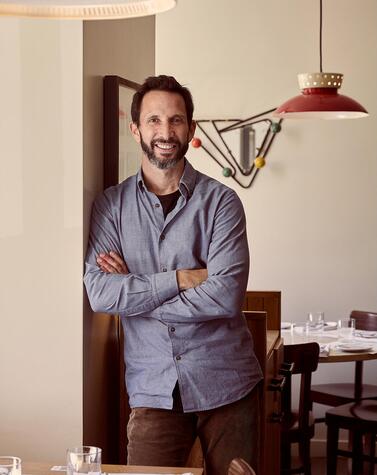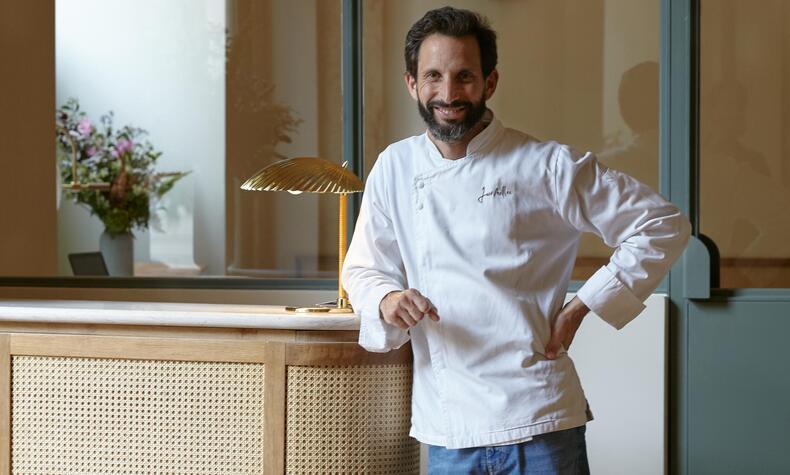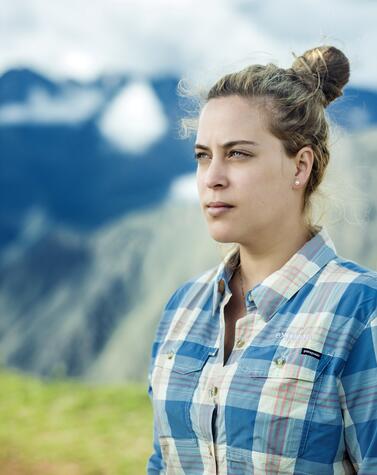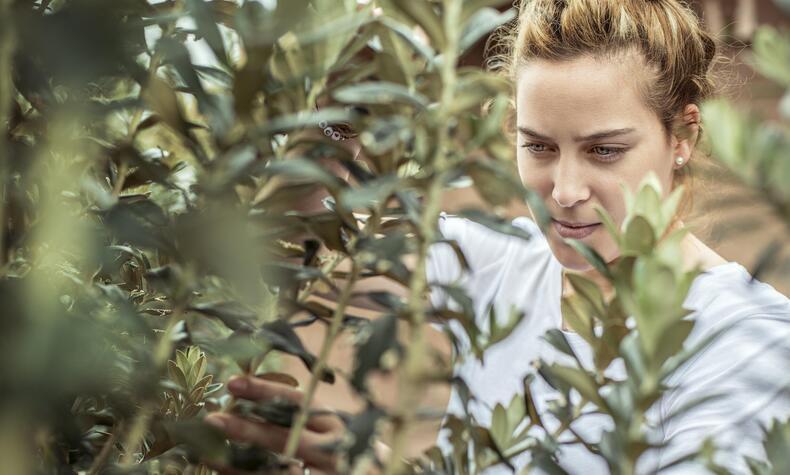Ofer Ketter: "The sea is a way of life"
Ofer Ketter defines himself as a global explorer, photographer, professional diver, and submersible pilot. This Israeli-born citizen of the world has lived in 10 countries and visited more than 50 on land and under the sea. From his home in Costa Rica, he talks to us, always smiling, about his experiences at sea and everything he has learned underwater.
Who is Ofer Ketter?
I consider myself a citizen of the world and a person very connected to nature, community, and the people around me. I am driven by the way I perceive life and day-to-day life. Although I was born in Israel, I was living in the United States by the time I was 6 months old.
I have lived in more than 10 countries, but among all of them, Costa Rica always caught my attention. I arrived for the first time in 2001 and worked for 6 years on Cocos Island. Then, in 2012, I decided to build my home here, and I think it will be my definitive place to live.
Do you consider yourself a diver who photographs or a photographer who scuba dives?
My original vocation has always been photography, which I consider an art form. I started working as a photographer before diving. That underwater part started because of the need to generate income by combining what I like to do most besides photography, which is to travel.
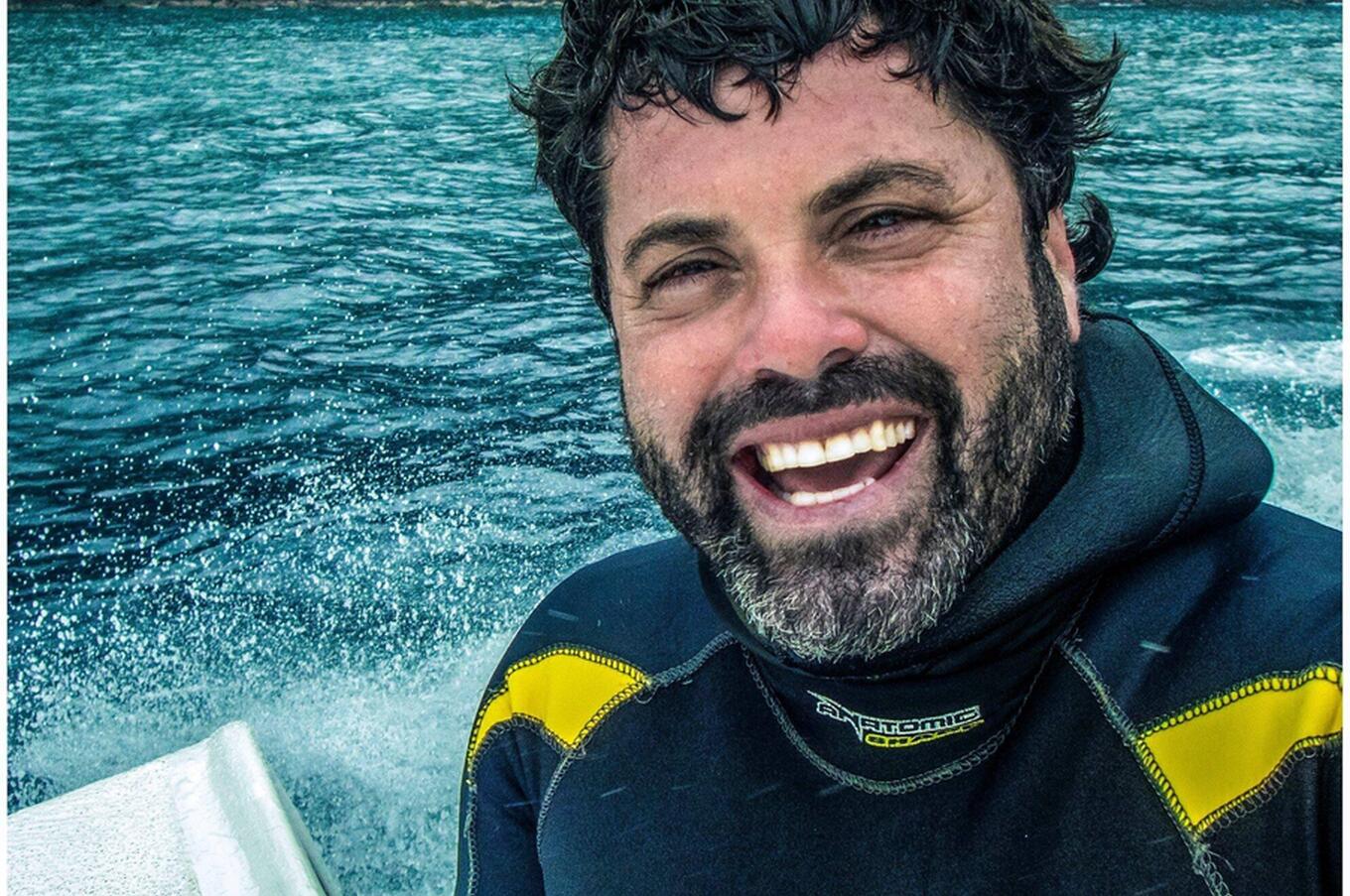
What fascinates you most about the sea?
For me, the sea is a way of life. In the sea, there are no limits, borders, or barriers. It is nature in its purest state. In a healthy ocean, it is the best way to perceive and get to know a world in which there is no human intervention.
What has the sea taught you?
The sea has its own frequency, vibration, and energy. After being underwater for almost 30 years, I feel a special connection with that energy, and I know how to read the sea in that way.
What has been the most special experience you have had in the sea?
Without a doubt, an encounter I had in the open sea with the Blue Whale, the largest animal on the planet. You can't imagine the mixture of emotion and explosion of energy that I felt when I managed to dive and photograph this majestic animal. It is like fulfilling the great dream of every diver, and very few achieve it.
I must also tell you that it is not luck or chance. Behind that encounter, there is a lot of knowledge, a lot of experience, and many days of waiting to finally see it. This magical encounter took place in 2014 in Costa Rica after years of work looking for her with yachts, helicopters, etc.
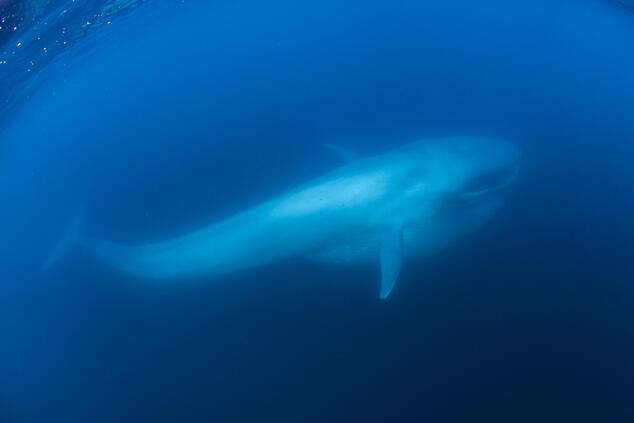
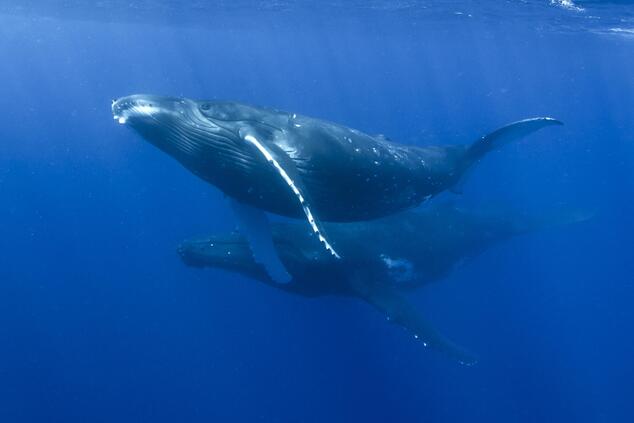
Any other experience as magical as this one?
Yes, on Cocos Island in Costa Rica too, I was diving with a buddy, and we were on our way back to the mother ship when suddenly we started seeing strange colored bubbles in the water, dolphins, and lots of birds on the surface. When this happens, it is always a warning that something is going on below.
We kept diving, getting closer to that point, and suddenly we were enveloped in a sort of cloud of whitish liquid all around us, which was obviously not just seawater. When we came out of that white cloud, we were astonished to see the birth of a humpback whale calf.
I did not have my camera ready at the time, but I assure you that this image will never be erased from my mind or my heart, and I know that this is surely an experience that I will never see again.
Any worth forgetting?
It is clear that with diving there is always a danger because you are not in your own environment. But I have never had a bad experience because of the sea or an animal. The danger always comes from overconfidence, from wanting to test your own limits and deciding to go deeper or stay longer when you know you shouldn't.
You have a fantastic series of photos of sharks in which it is clear that you have gotten very close. Have you not been afraid of them either?
There is a saying among nature photographers that goes, "You always want the animal to get closer." Like everything else, it's a matter of knowledge, experience, and deep respect for the environment and the animals.
The white shark is one of the few species that have survived on Earth for millions of years because, in reality, they are basically programmed to eat and survive.
But if you know that white sharks hunt their prey on the surface of the sea and that they tend to like animals with a lot of fat, diving with them on the seabed, without a cage or anything, doesn't scare me because I understand where I'm going, I know their habits and I respect those animals.
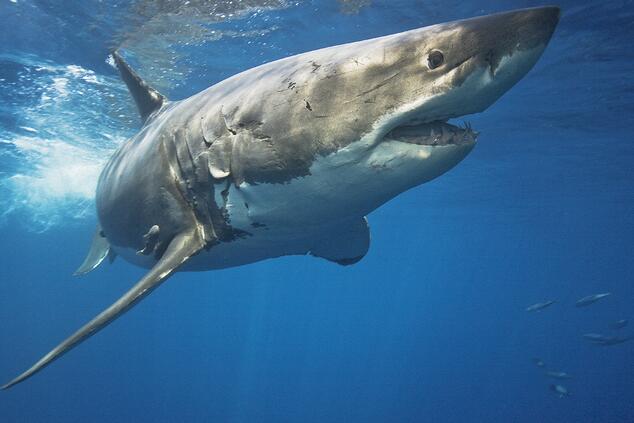
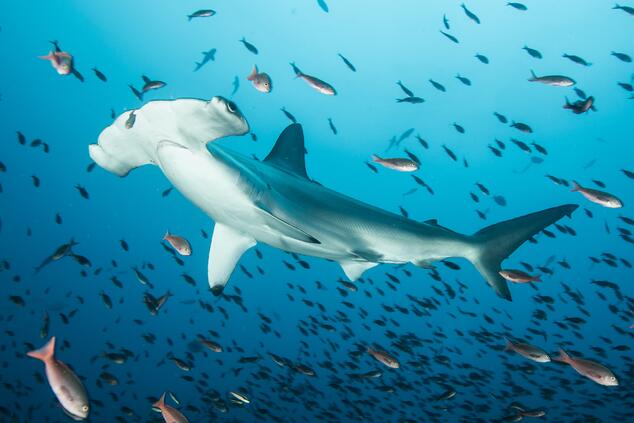
Tell us about your submarine project. What does it consist of?
In English, when we talk about submarines, we refer to the military type of device. What I pilot are "submersibles", small submarines for experiential travel purposes or scientific expeditions.
The beginnings of these submersibles started years ago for scientific purposes, as they allowed studies of the seabed without the need to dive. To me, they are sort of like underwater helicopters.
I started operating and flying them in 2003 on Cocos Island. They are like a perfect bubble, diaphanous and transparent, with oxygen and without being exposed to atmospheric pressure. They are perfect for panoramic underwater safaris and also to stop at a point on the bottom and admire and discover the ecosystem around you. As a pilot myself, I have gone as deep as 500 meters.
What kind of travel experiences can we enjoy with these small submarines?
In 2018, I designed from scratch a submersible trip along the Italian coast. Many people have traveled to Italy and know its history, monuments, art, gastronomy, culture, etc. But I assure you, discovering the Italian seabed completely changed the perspective and vision my clients had of the country. It was like discovering a "new Italy" before their eyes that they could never have imagined before.
We sailed along the coast by boat and we were making descents with the submarine in places as touristic and well-known by land as Capri or Sardinia.
At the bottom, we discovered the algae pollution that suffocates the reefs, which there is...We saw underwater volcanic activity, unknown species, and sunken ships from the time of the Romans, and even the radar showed us a kind of chasm that was nothing more than a great underwater mountain formed by fishing nets accumulated over the years.
When you see all this under the sea, you understand that the Earth is small in relation to the water and that, not in vain, 70% of our planet is covered by seas and oceans, many of which are still unexplored.
And at the scientific level?
In 2008-2009, I participated as a pilot in a privately funded scientific expedition in the Sea of Cortez in Baja California. Before going down with the scientists, with my partner, we made some test descents to film the bottom.
That night, the ship's scientists woke us up at dawn to show us the images we had recorded. Unbeknownst to us, we had captured an image of a grouper at 180m depth that the scientific world had given as an extinct species years ago.
The next day we went back down and, as groupers are very territorial, they don't usually move from their place, so there it was, a species that the world thought was extinct and that we had rediscovered.
How do you see the future of the world's oceans?
From what I have seen and from my experience in the sea, my personal opinion is that, in the sea, the danger is not the danger to the ocean but to the human who needs the ocean. I believe that the sea is not going to become extinct, but the human being that depends on that sea maybe will.
For me, the word sustainability is related to that which is "sustained". Living on the coast and eating, for example, tuna at the right time of the year is sustainable, but being able to eat tuna in a restaurant in Switzerland at any time of the year is not.
- Solomon Islands seabed, one of Ketter's favorite underwater destinations. —
- Fish school on Cocos Island, Costa Rica. —
- Coral reef in the Red Sea. —
- Abyssal species seen from the submersible. Photos: Ofer Ketter.
Which are your favorite destinations in the world to dive or go down with the submersible?
The first one is Cocos Island in Costa Rica, without a doubt. It is the best example of doing an underwater "African safari". There is always marine life and action, there is always something going on, or you discover something new that you haven't seen before, no matter how many dives you do. It's fascinating!
Then the Solomon Islands, between Papua New Guinea and Indonesia, with its incredible coral reefs at any depth. And there is also an important graveyard of WWII ships there, there are hundreds of them at the bottom, and it is very shocking to see them!
The Red Sea, which I am looking forward to exploring with the submersible, and the Mediterranean, which I also love, as I always discover new things.
What have you learned during the pandemic without being able to travel?
The pandemic has helped me to rediscover corners of Costa Rica that I did not know and to enjoy and savor this wonderful country that is now my home.
If you were to get lost one day, where could we find you?
Surely in a Cay in the Bahamas.
A destination to repeat?
Alaska, without a doubt. I find it incredible the kind of virgin nature there. I have already traveled twice to that destination and I wouldn't mind repeating.
Your next trip?
If circumstances permit, explore the seabed of Fiji with the submersible.

